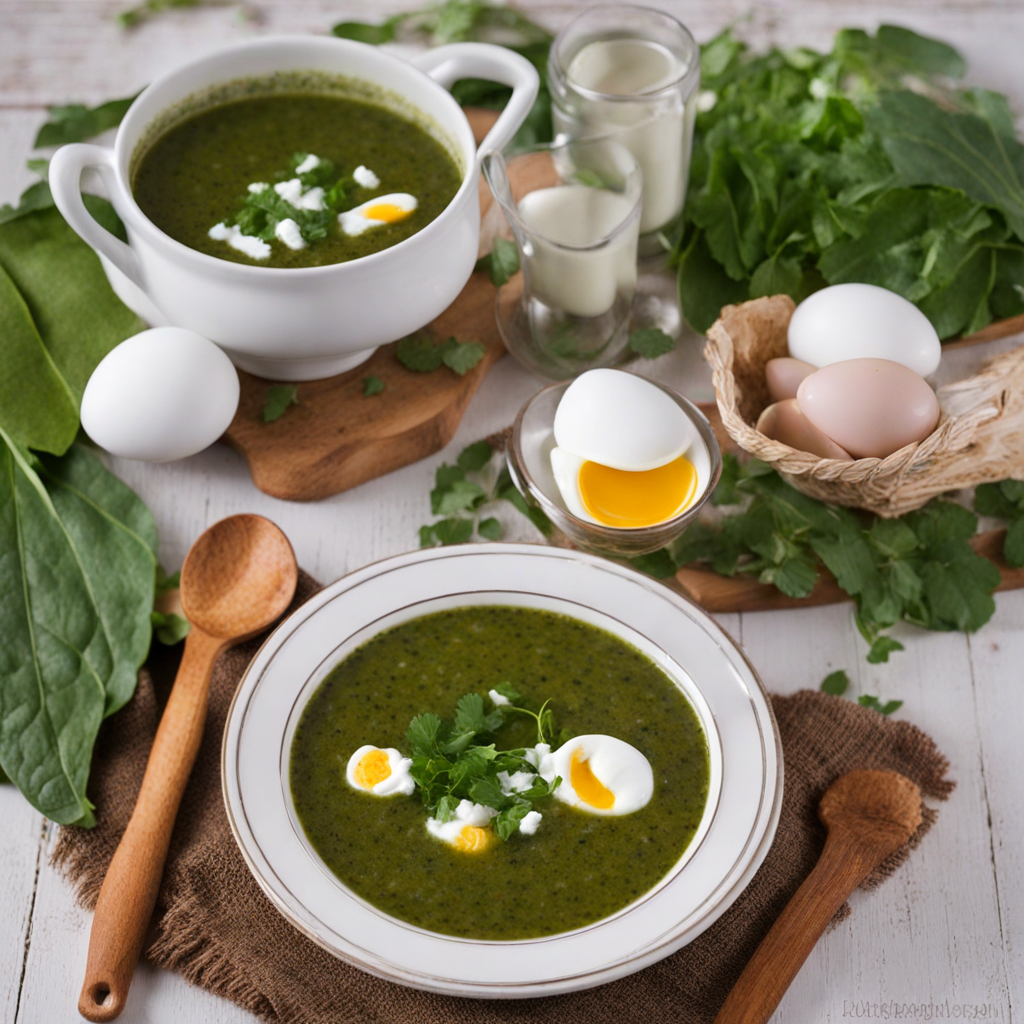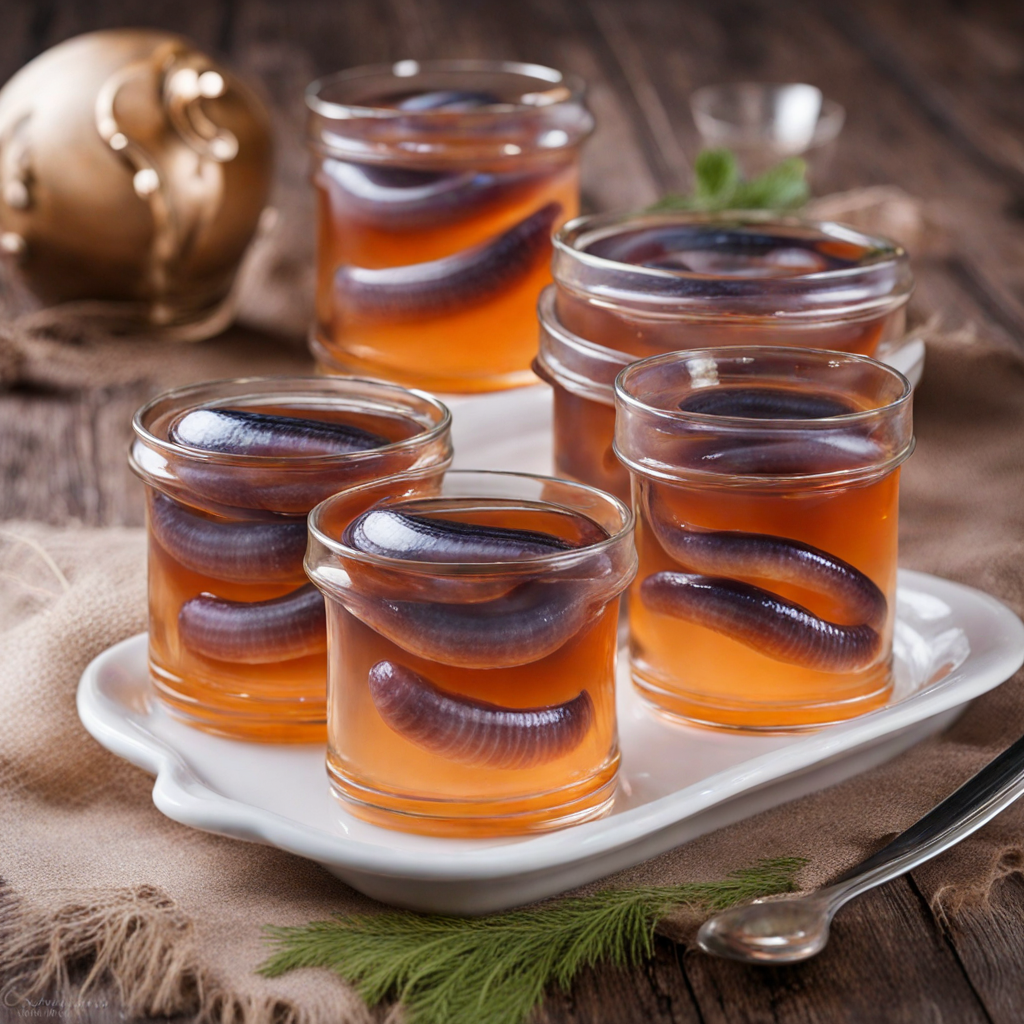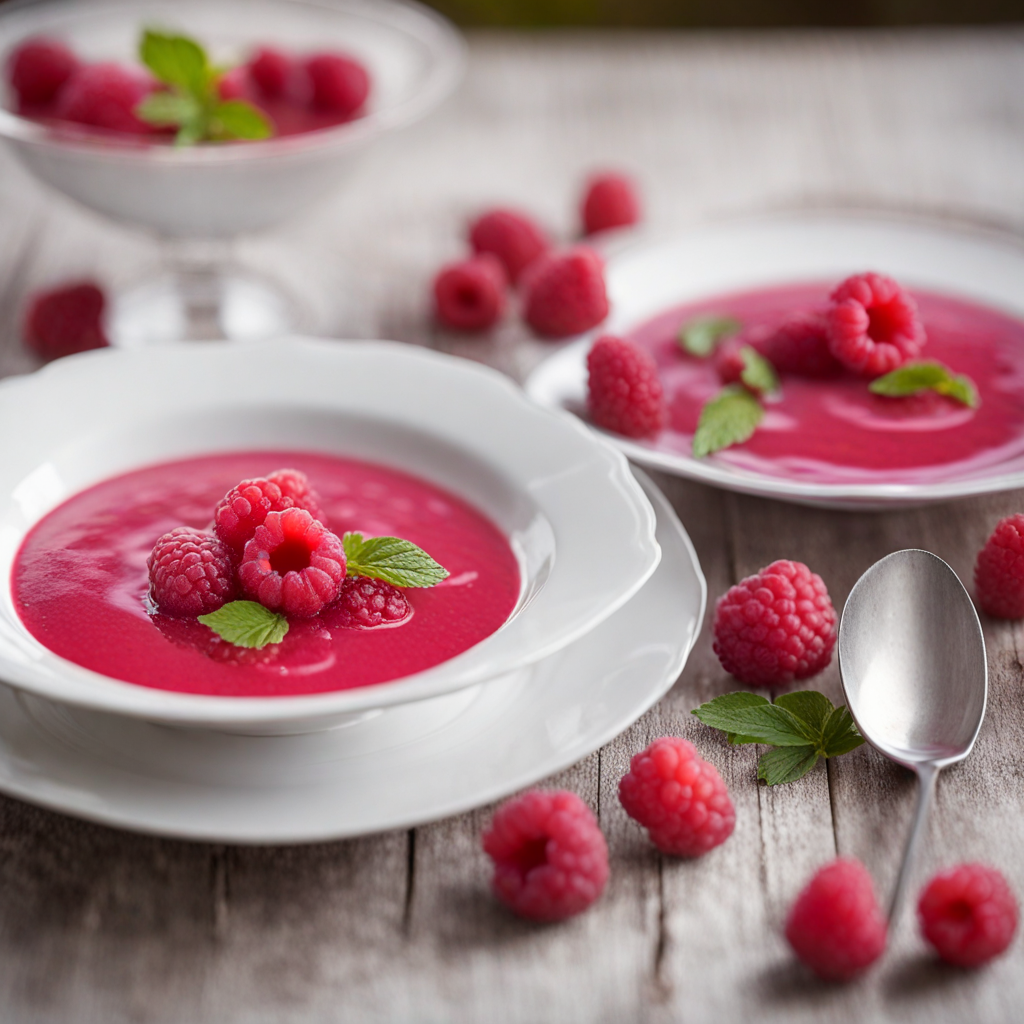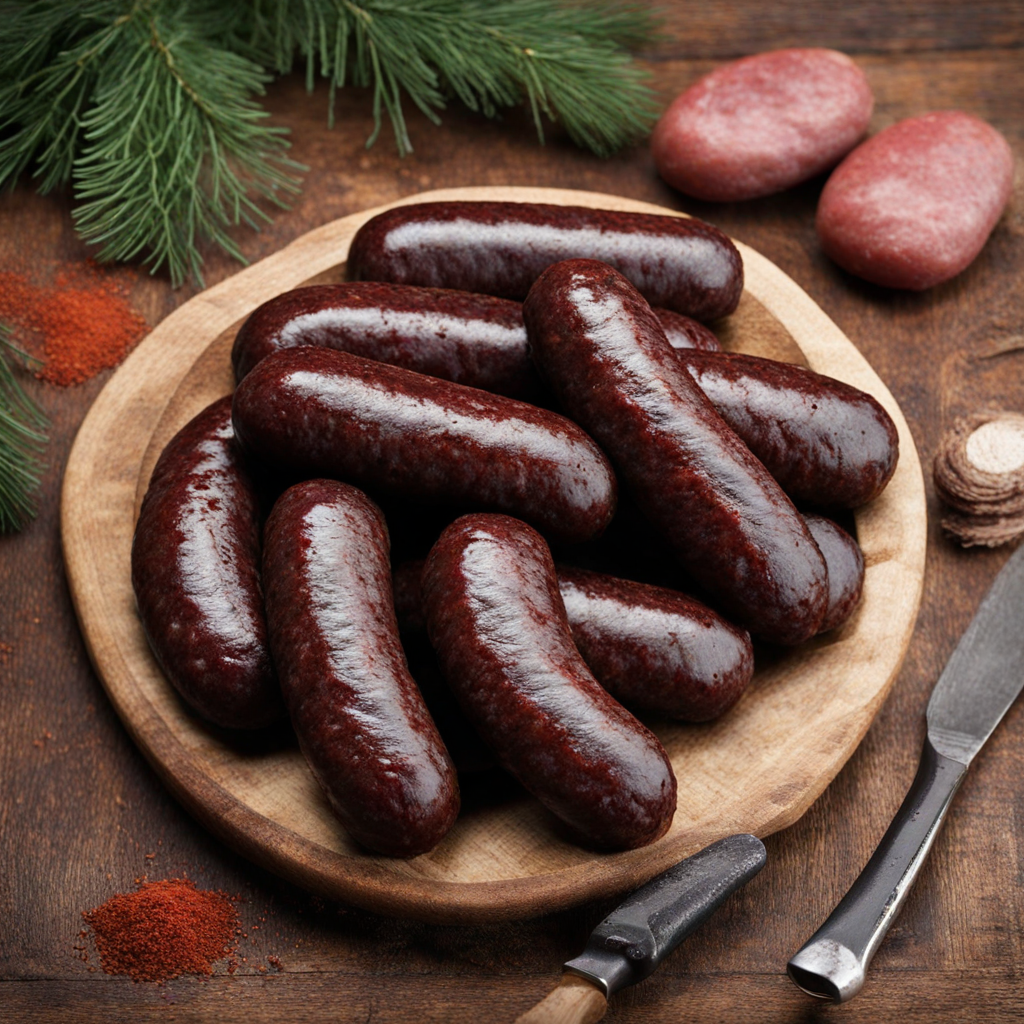Latvian Sorrel Soup
Latvian Sorrel Soup, known as "pienenes zupa" in Latvian, is a vibrant and refreshing dish that beautifully captures the essence of spring. This unique soup showcases the star ingredient, sorrel, a leafy green herb that imparts a distinct tartness reminiscent of lemon. The soup typically features a base of vegetable or meat broth, which is gently simmered to meld the flavors together, creating a comforting yet invigorating experience. The bright green color of the sorrel adds an appealing visual element, making it an inviting dish to serve during warm months.
How It Became This Dish
Origins of Skābeņu zupa Skābeņu zupa, or sour sorrel soup, is a traditional Latvian dish that has deep roots in the culinary practices of the Baltic region. The origins of this soup can be traced back to the use of foraged greens, particularly sorrel, which has been a staple in Latvian cuisine for centuries. The sour flavor of the sorrel, which is enhanced by the addition of buttermilk or sour cream, reflects the agricultural lifestyle of the Latvian people, who relied on seasonal ingredients and local produce. Historically, sorrel was a common herb found in the wild, and its sour taste was embraced by rural communities as a way to add flavor to simple dishes. The practice of foraging for wild greens was not only a means of sustenance but also a reflection of the connection between the land and the people. As a result, Skābeņu zupa became a dish that symbolized resourcefulness and the celebration of nature's bounty. \n\n Cultural Significance In Latvian culture, Skābeņu zupa is more than just a meal; it embodies the spirit of connection to the earth and the changing seasons. Traditionally, this soup is enjoyed during the spring and summer months when fresh sorrel is abundant. It is often served as part of a larger meal that may include rye bread and potatoes, staple foods in Latvian households. The vibrant green color of the soup is also visually appealing, representing the lush landscapes of Latvia that come alive during the warmer months. The soup has cultural significance in various regional celebrations and gatherings. It is often featured in midsummer festivals, where communities come together to celebrate the summer solstice, known as Jāņi. During these festivities, traditional foods play a crucial role, and Skābeņu zupa stands out as a dish that honors the agricultural heritage of the Latvian people. Its presence at such events reinforces communal ties and the importance of shared culinary traditions. \n\n Ingredients and Preparation The main ingredient of Skābeņu zupa is, of course, sorrel. This leafy green herb is known for its tart flavor, which is complemented by the addition of other ingredients such as potatoes, carrots, and onions. Depending on regional variations, some recipes may include additional vegetables or meat, but the essence of the soup remains consistent. To prepare Skābeņu zupa, the sorrel is typically cleaned and chopped before being sautéed with onions until wilted. Potatoes and other vegetables are then added to the pot, along with water or broth, and simmered until tender. The soup is finished with a generous dollop of sour cream or buttermilk, which enhances the tangy flavor and adds creaminess to the dish. This simple yet flavorful preparation method showcases the importance of seasonal ingredients and traditional cooking techniques. \n\n Development Over Time As Latvia has evolved through various historical phases, including periods of foreign rule and independence, so too has Skābeņu zupa. The dish has remained a beloved part of Latvian cuisine, but its preparation and presentation have adapted to changing tastes and culinary influences. In the 20th century, as Latvia experienced modernization and urbanization, traditional recipes began to blend with new cooking styles, leading to innovative interpretations of Skābeņu zupa. In contemporary settings, chefs may experiment with the classic recipe by incorporating more gourmet elements, such as infusing the soup with other herbs, adding proteins like smoked fish, or adjusting the thickness and texture. Despite these modern twists, the fundamental essence of Skābeņu zupa—its reliance on fresh, local ingredients and its connection to Latvian heritage—remains intact. \n\n Skābeņu zupa in Modern Latvia Today, Skābeņu zupa continues to be cherished in Latvian households and is often featured on menus in restaurants that focus on traditional Latvian cuisine. As the global interest in local and sustainable foods increases, there has been a resurgence in the appreciation of foraged ingredients, including sorrel. This trend has brought renewed attention to Skābeņu zupa, making it a symbol of Latvia's rich culinary history. Moreover, the soup is often featured in culinary events and festivals that celebrate Latvian culture. Cooking classes and workshops aimed at teaching younger generations how to prepare traditional dishes like Skābeņu zupa are growing in popularity. This educational aspect not only preserves the recipe but also fosters a sense of identity and pride among Latvians, particularly in a world where globalization can dilute cultural uniqueness. \n\n Conclusion Skābeņu zupa is a testament to the enduring connection between the Latvian people and their land. It is a dish that encapsulates the spirit of community, tradition, and the celebration of seasonal ingredients. As Latvia continues to navigate the complexities of modernity while cherishing its heritage, Skābeņu zupa remains a delicious reminder of the past and a vibrant part of the country’s culinary future. Through the act of preparing and sharing this traditional soup, Latvians honor their history and ensure that the flavors of their culture continue to thrive.
You may like
Discover local flavors from Latvia







